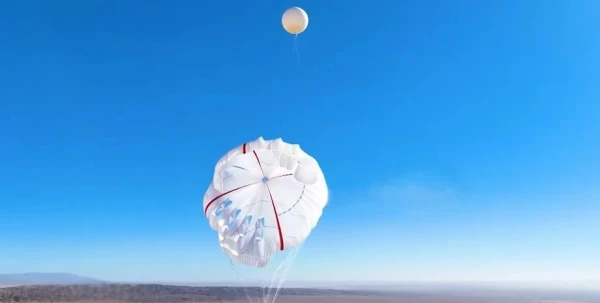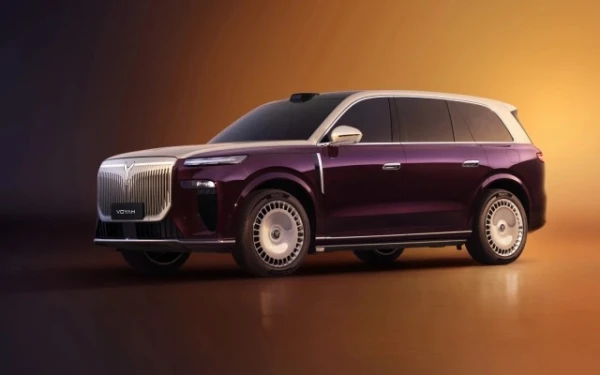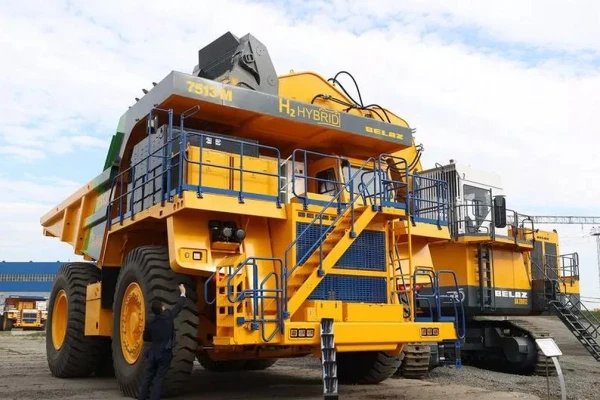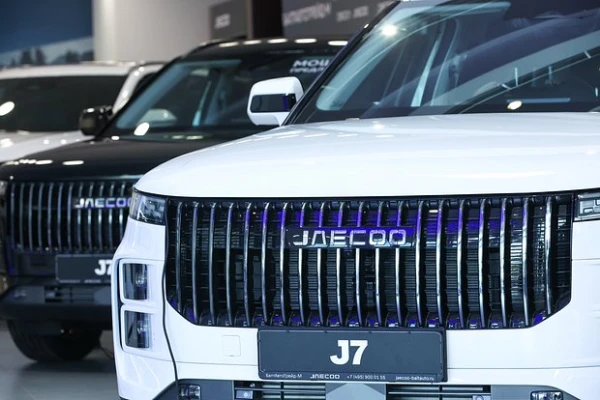
Lightweight turbines mounted on flying platforms can power 10,000 households.
China has successfully conducted flight tests of the world's largest energy kite, marking a breakthrough in the development of technology for harnessing energy from high winds. The tests confirmed that the system can fully deploy and retract in the air, demonstrating the potential of ground-based high-turbulence wind energy complexes.
According to Global Times, the tests took place in the autonomous region of Inner Mongolia. The kite has an area of 5,000 square meters and is part of China's first national research project dedicated to utilizing wind energy at high altitudes.
Developed by the China Energy Engineering Corporation as part of a key national program, the system successfully completed a full cycle of airborne deployment and retraction. This success is considered a significant step towards the engineering implementation and commercial use of high-altitude wind energy in the country.
At the testing site, a helium balloon lifted the giant kite approximately 300 meters above the ground. Upon reaching altitude, the kite deployed and pulled the tether lines connected to a generator on the ground, converting wind energy into electricity.
High-altitude wind energy is regarded as a new frontier in renewable energy due to higher wind speeds, stable flows, and greater generation potential. There are two main approaches worldwide: airborne systems and ground-based systems.
Airborne systems utilize lightweight turbines mounted on flying platforms, while ground-based systems, such as the Chinese system, employ kites or balloons that drive generators on the ground.
During recent tests, specialists also tested smaller kites with an area of 1,200 square meters each. The tests successfully confirmed proper deployment, retraction, and stable energy conversion.
Compared to traditional ground-based wind farms, high-altitude systems with kites can save up to 95% of land area, reduce steel consumption by 90%, and lower generation costs by approximately 30%.
A 10-megawatt system can produce about 20 million kilowatt-hours per year—enough to power around 10,000 households.















Leave a comment